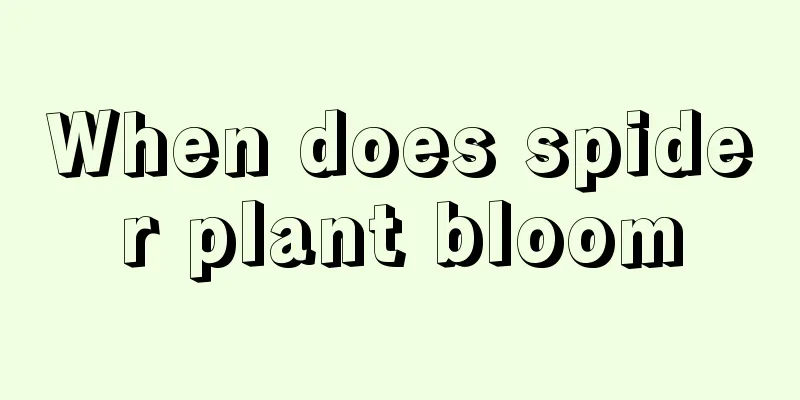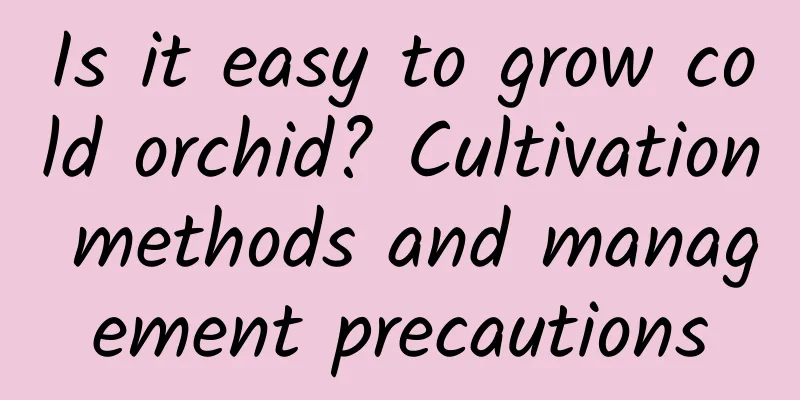Common diseases and prevention methods of wintersweet

Chimonanthus anthracnosesymptomThe disease mostly occurs at the tip and edge of the leaves. The lesions are nearly oval, light red to grayish white, with reddish brown or brown edges, scattered black spots, and are easy to break. Anthracnose is a fungal disease caused by a fungus called Colletotrichum. Prevention and treatment methodsRemove diseased fallen leaves and destroy them in a centralized manner to reduce sources of infection. Chemical control. When the disease is serious, spray 1000 times diluted 50% carbendazim wettable powder. Chimonanthus chinensis leaf spotsymptomThe leaf spots are initially round and brown, then gradually expand into irregular shapes, with the centers of the spots turning light brown or grayish white and dark. In the later stage, small black spots appear in the center of the lesions. Leaf spot is caused by infection by a type of fungus, the shield mold. Prevention and treatment methodsRemove diseased fallen leaves and destroy them in a centralized manner to reduce sources of infection. Chemical control. When the disease is serious, spray 1000 times diluted 50% carbendazim wettable powder. Black spot of ChimonanthussymptomOn the infected leaves, the spots are nearly circular or fused together, forming irregular shapes. They are brown at first, then gradually fade to nearly white in the center, while the edges remain brown. There are sparse dark brown mold clusters on both sides of the lesions, mostly on the surface. Black spot is a fungal disease caused by the Alternaria alternata fungus, which overwinters on diseased fallen leaves. Prevention and treatment methodsRemove diseased fallen leaves and destroy them in a centralized manner to reduce sources of infection. Chemical control. When the disease is serious, spray 1000 times diluted 50% carbendazim wettable powder. Chimonanthus chinensissymptomIt mainly occurs at the root base and root collar. In the early stage of the disease, the cortical tissue of the affected area becomes swollen and soft, and nearly circular brown spots appear. Afterwards, the diseased part begins to rot in a water-soaked state, reaching deep into the wood, and yellow-brown sap oozes out. In the later stage, the diseased tissue shrinks and cracks longitudinally, and the woody tissue dies and decays. The surface of the diseased part is wrapped with tender root-like cords, which are white at first and then turn into gray-brown or tan. Prevention and treatment methodsStrengthen management, increase the application of organic fertilizer, improve the soil, control watering, and prevent waterlogging. Remove foreign matter (weeds, dead leaves) next to the plants in a timely manner. Scrape off the lesions immediately if found, and disinfect the injured surface with 70% alcohol. |
<<: Diseases and Pests of Euphorbia milii and Their Control
>>: What to do if clematis wilts
Recommend
How to care for dahlias in winter
Preparations before winter Pruning Dahlias will g...
How much water should be used for the lucky tree?
1. How much water to use In the process of caring...
Avocado cutting method, can avocado be propagated by cuttings?
1. Cutting time The time for avocado cuttings is ...
Why are the osmanthus leaves turning yellow and the tips withering?
The osmanthus tree is loved for its elegant shape...
Mulberry cutting time
1. Time Selection Both hard branches and green br...
How to trim the evergreen tree to look good
When is the best time to prune Evergreen If it is...
The meaning and Feng Shui of Monstera
1. The meaning of Monstera The symbol of Monstera...
What is the best month to sow celery?
Celery is a common vegetable on people’s tables. ...
Can the cut spider plant be hydroponically cultivated?
1. Can it be hydroponically grown? The cut small ...
Ten kinds of flowers that you can't grow at home
1. Euphorbia pilosa The white juice inside the Eu...
What should I do if the iris does not bloom, drops leaves, or has root rot?
There are many reasons why the fairy dan flower d...
Lettuce planting time and method
Lettuce planting time Lettuce prefers a cool envi...
Does the double-petaled red bougainvillea bloom frequently?
The double-petaled red bougainvillea is the first...
What material is ceramsite made of and what flowers are suitable for it
1. What materials are it made of? There are many ...
How to propagate the cuttings of thorny plum flowers When is the best time to propagate the cuttings of thorny plum flowers
It is best to propagate the barberry flowers by c...









